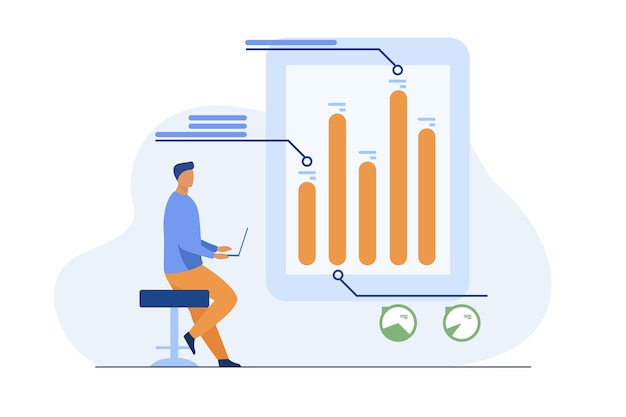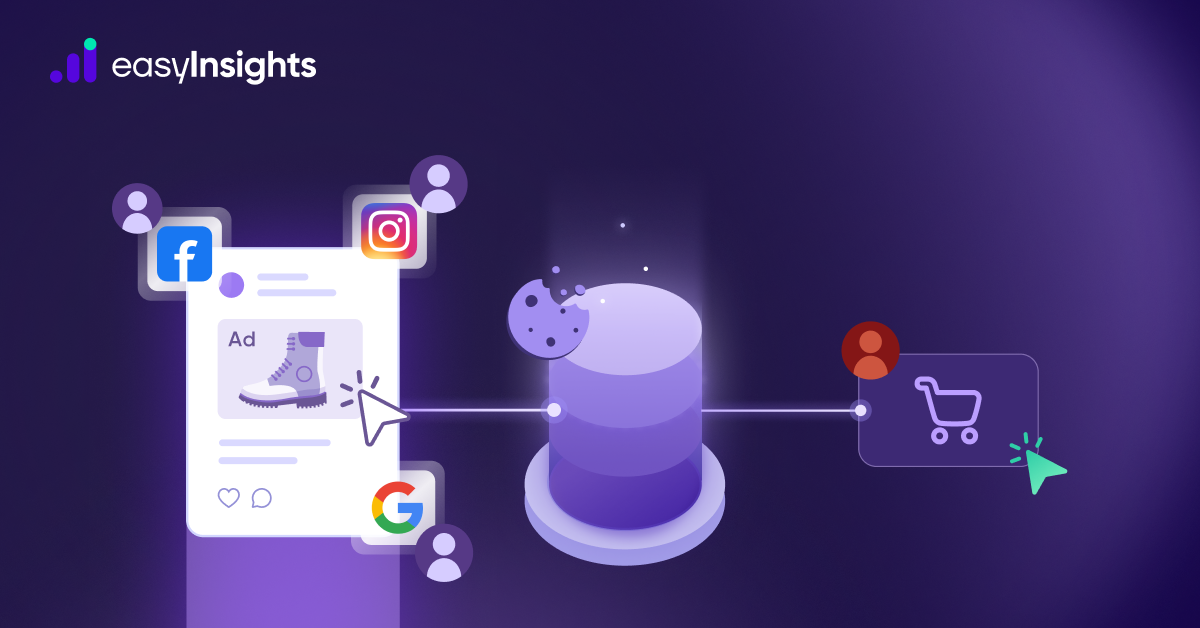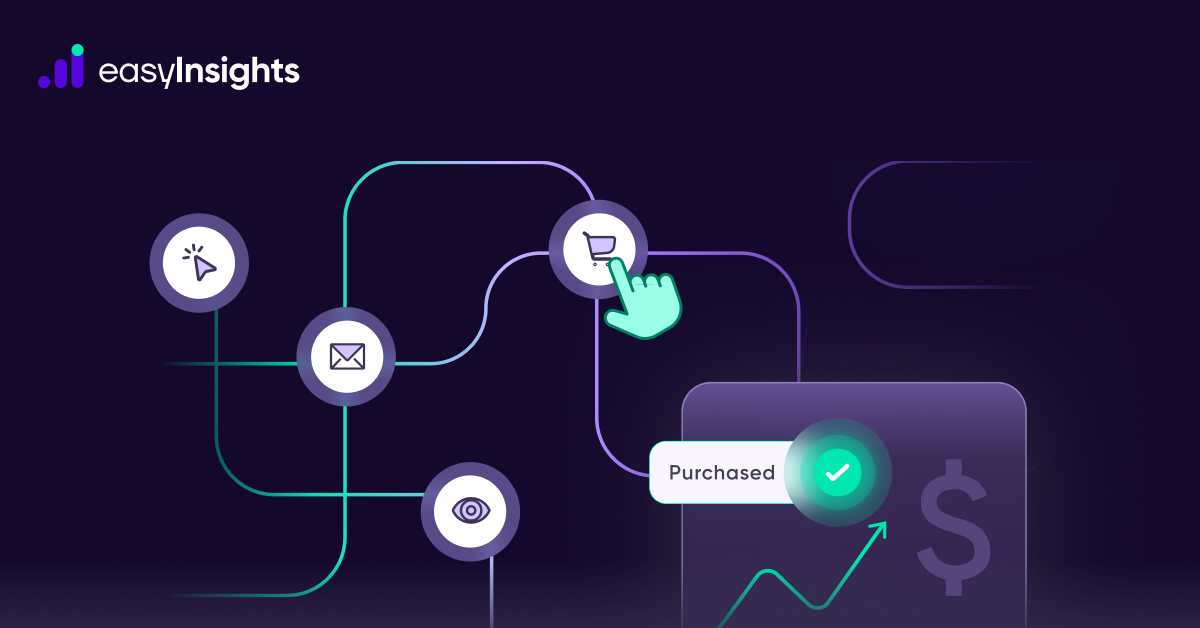
Google Analytics is used by over 87 percent of the top 10,000 websites online. It is unarguably the most popular website analytics tool mainly because it’s free, easily embeds in every website with a simple tracking code, integrates with AdWords, and most importantly, it is backed by a company that can make or break businesses online.
But just because Google Analytics can track website data accurately doesn’t mean it can give you accurate and real-time reporting based on that data. The truth is, despite its strengths, Google Analytics can be sometimes slow in processing and updating data in standard reports. The tool also samples the data often that you see in reports in order to combat slow report loading.
While data latency and sampling issues may not make a big difference to small website users, it can make website data analysis pretty challenging for power users (and analysts) like:
- Big businesses with high volumes of data
- Ecommerce or lead generation websites that record a high number of sessions every day
- Websites that get sudden spikes in traffic with the launch of new campaigns
Delayed or incorrect data can sometimes lead to wrong marketing decisions, or it can also make it difficult to identify high growth and scaling opportunities.
In this article, we’ll discuss both data latency and sampling in Google Analytics, and the best ways to resolve them:
Jump ahead to:
#1: Data Lag
With Google Analytics, the data always shows up first in the real-time reports. When a user visits your website, you can track them through the real-time option within seconds. But the real-time reports only show you website visitor data for the past 30 minutes.
For this data to show up on the standards reports where you can compare user behavior over long periods of time, it can take anywhere between a few minutes for small websites to several hours or even days for big websites. This problem is called data lag or data latency.
The data lag issue can become a big challenge for marketing teams when they need to analyze data in real-time. For example, if your company is conducting a flash sale and there is a page which is either broken or redirecting to a different link than expected, you won’t know until an hour or two later when the data actually gets processed and compiled by Google Analytics in standard reports. By that time, you would have already lost initial momentum and numerous interested customers.
According to Google Analytics, users should expect a processing delay of 24-48 hours on average. Moreover, big websites that get more than 200,000 sessions daily will only have their data refreshed and processed once every day. This can in turn cause delayed updates to reports and metrics by up to 2 days.
For instance, here is a Google Analytics report of a small website that gets 10-15 sessions per hour. After 12 pm, there is no data available for user sessions.
Even for such a small website, sometimes there is a delay of almost 2 hours and this time window only grows as the website traffic and data grow in size.
Data processing on Google Analytics does not always happen in chronological order. Just because you have data till 12 pm does not mean that the data between 8 am-12 pm is all accurate (especially for big websites). It can take some time for Google Analytics to process all the data it has.
It’s important to note that Google Analytics has all the data with it in unprocessed and unaggregated form, at all times. It just takes GA some time to process all the data that is coming its way and then include it in the standard reports.
#2: Data Sampling
Data sampling is the process of selecting a subset of the total data for reporting and analysis. Instead of analyzing the entire data, you only analyze a section of the data to detect trends and patterns. The main reason for data sampling is to analyze large sets of data in a cost-effective and time-saving manner.
Google Analytics might analyze the complete data or just a subset of the data, depending on the reports you are generating and the total amount of data present in them. There is no way for the user to decide whether they want sampled or unsampled data — It is up to Google Analytics.
For instance, sampling can occur if the website attracts heavy traffic and you are trying to analyze Year over Year reports.

The obvious issue with sampling is that you can’t see 100% of your data, which means the numbers you see in sampled reports aren’t exact or in some cases, not even a clear representation of your total audience data. You could only be seeing data from half of your website visitors, which would make it incredibly challenging for you to uncover trends and patterns in user behavior.
Additional Reading: Everything You Need to Know About Data Sampling in GA4
To check whether your data is sampled or not, open any report on Google Analytics and look for the color of the checkmark sign near the report name. If the sign is green, that means the data is unsampled and based on 100% of the user sessions. If the data is sampled, you will see a yellow checkmark sign, clicking on it will tell you the size of the sampled report.

Get rid of data sampling and data lag. Try EasyInsights Now! Book a demo to see EasyInsights in action!
Resolving Data Latency and Data Sampling Issues in Google Analytics
Google Analytics 360
Google Analytics 360 is the paid version of the free website analytics tool, mainly aimed at enterprises with high volumes of data. The tool gives you access to advanced features like unsampled reports, BigQuery exports, and seamless integration with third-party tools. Moreover, the data processing limit has increased to over 2 billion per month.
Google Analytics 360 can resolve data latency and data sampling issues that you usually face with the free version, but it comes at a hefty price — quite literally.
Though the pricing for the enterprise tool is only available on request, you can expect to pay up to $150,000 per year for it.
While there is no doubt that Google Analytics 360 is a powerful tool, it is also too expensive for just being a website analytics tool which makes it only suitable for enterprises with big budgets.
ETL platforms likeEasyInsights
EasyInsights is an end-to-end marketing data platform that connects data from different sources including Google Analytics, Google Adwords, and Facebook Ads to give you access to full-funnel stitched data and reports.
It fetches and stores unsampled and unaggregated data from Google Analytics in real-time into its backend servers and allows you to analyze your website traffic data anytime through Google Sheets, Data Studio, or any other BI tool. Thus resolving both data latency and sampling issues that free users usually face with Google Analytics. Since EasyInsights can import data from different analytics tools, it gives you a unified and single view of your organization’s complete cross-marketing performance.
It’s also important to note that EasyInsights is not a direct competitor or replacement for Google Analytics. It is a complementary product which can work alongside Google Analytics
While Google Analytics is good at accurately tracking website visitors, it falls short on generating unsampled reports and giving you a cohesive view of your audience — which is where EasyInsights comes in. EasyInsights extracts tracking data from Google Analytics and marries it with marketing data from ad platforms, CRM, and other offline data sources.

How platforms like EasyInsights can resolve Data Sampling & Data Latency issues in GA4
ETL platforms like EasyInsights can definitely help mitigate data sampling and data latency issues in Google Analytics 4 (GA4). Here’s a breakdown:
Data Sampling:
- GA4 Free Tier: Applies sampling when processing large datasets (>10 million hits per month). This means you only see a representative subset of your data, impacting accuracy for granular analysis.
- EasyInsights: Can aggregate and pre-process your data before sending it to GA4. This reduces the total volume sent, potentially pushing you below the sampling threshold. However, aggregation can mask valuable details.
- Alternatives: Upgrading to GA4 360 eliminates sampling but comes with a significant cost. Consider server-side tagging solutions that send smaller, more optimized data packets to GA4.
Data Latency:
- GA4 Processing: Data takes time to be processed and reflected in reports.
- EasyInsights: Can help by transforming and enriching your data before sending it, making it easier for GA4 to process and potentially reducing the perceived latency you experience. Additionally, some ETL tools offer data warehousing capabilities, allowing you to access and analyze near real-time data outside of GA4’s interface.
EasyInsights is an easy to use, no-fuss code-free interface via which marketing teams can resolve data latency and data sampling issues that are a part and parcel of GA4.
Final words
While Google Analytics is the most popular website analytics tool online, it is still not perfect. It is a free tool that only gives you an overview of your website visitors and it has numerous shortcomings including data sampling and data latency issues.
To get granular and accurate reports at a user-level, you need to integrate Google Analytics with an AI-driven marketing data platform like EasyInsights that can stitch your website traffic data with other marketing data in order to give you the full picture.
Wanna see Easyinsights in action? Book a free demo!








